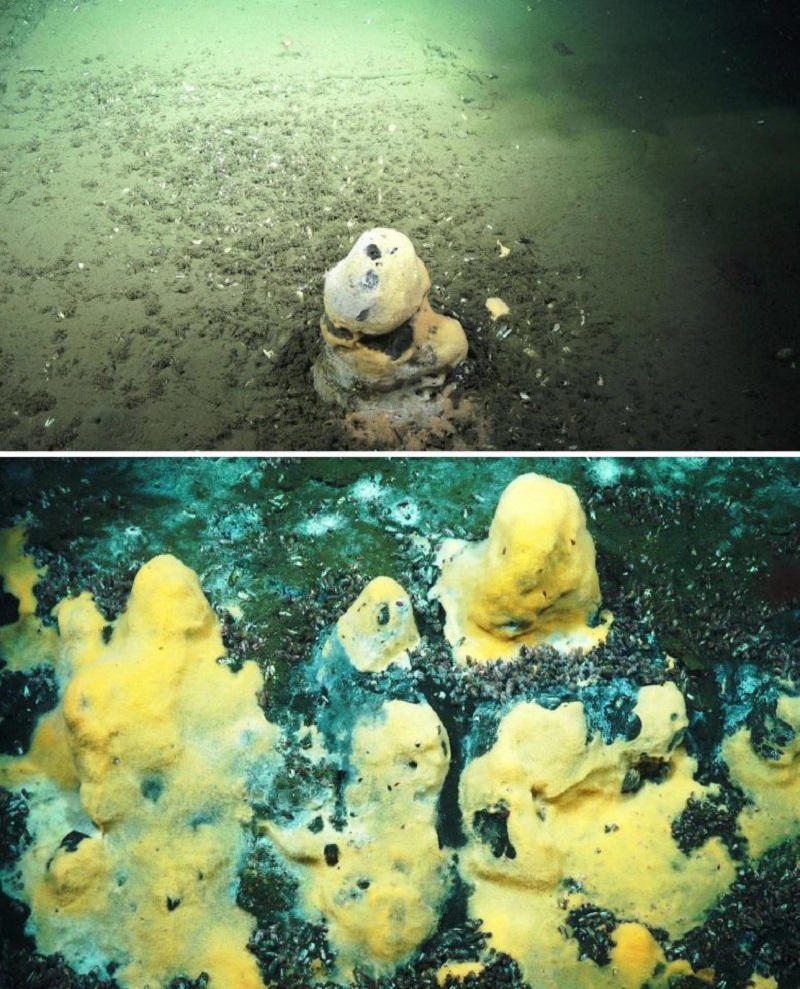
According to research, microbes in the ocean help to keep our planet’s temperature stable by preventing the greenhouse gas methane from bubbling out of the sea. Scientists are still puzzled as to how the microbes consume methane so quickly. The warming effect of methane is up to 30 times that of carbon dioxide.
An increasing amount of methane had been discovered beneath the seafloor in recent years, but very little of it ever left the oceans to enter the atmosphere. And now, researchers know why.
Harvard University researchers discovered that methane is rapidly consumed by microbe communities, preventing it from escaping. Peter Girguis, professor of organismic and evolutionary biology at Harvard, said: ‘The microbes in these carbonate rocks are acting like a methane biofilter consuming it all before it leaves the ocean.’
Carbonate rocks are common on the seafloor, and in some places, they form unusual chimney-like structures. These chimneys range in height from 12 to 60 inches and are found in clusters along the seafloor, resembling a forest. These carbonate rocks, unlike many other types of rocks, are porous, forming channels that are home to a dense community of methane-consuming microbes.

Post Your Comments